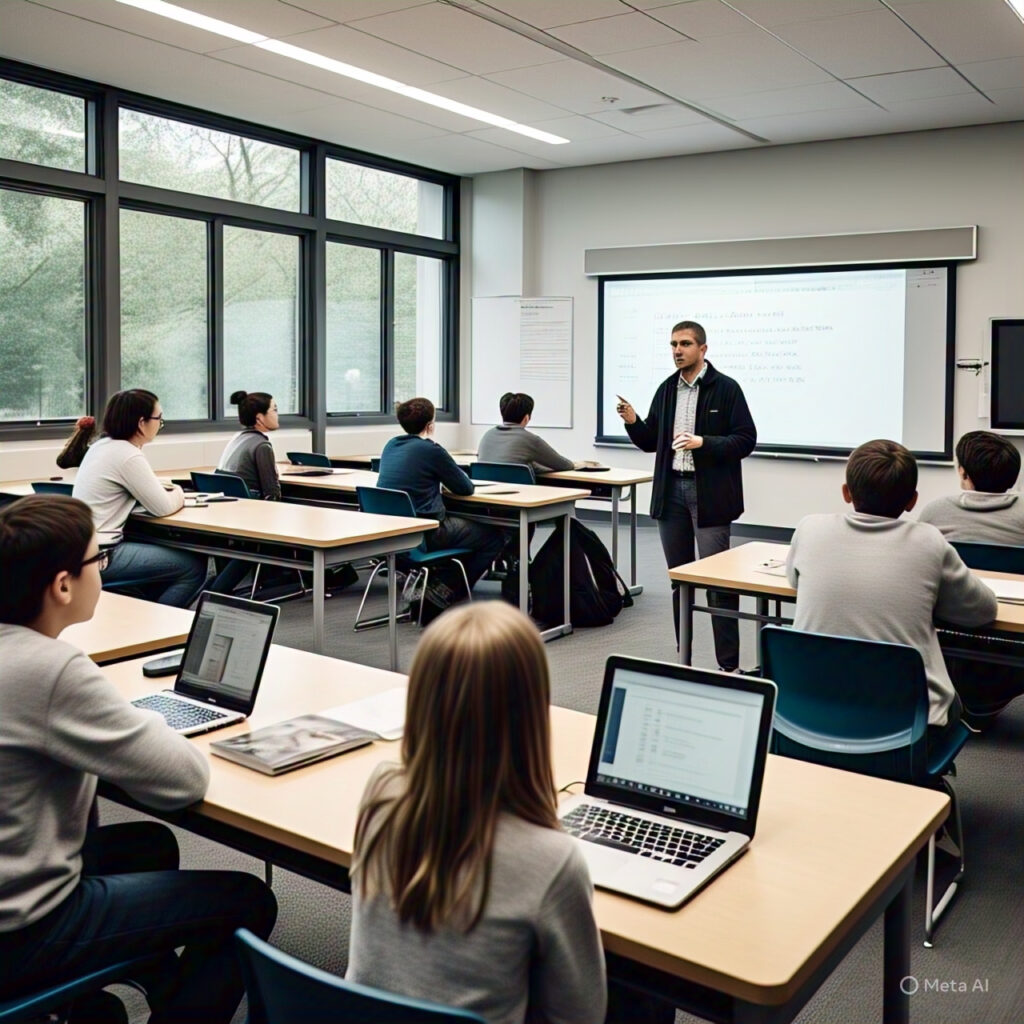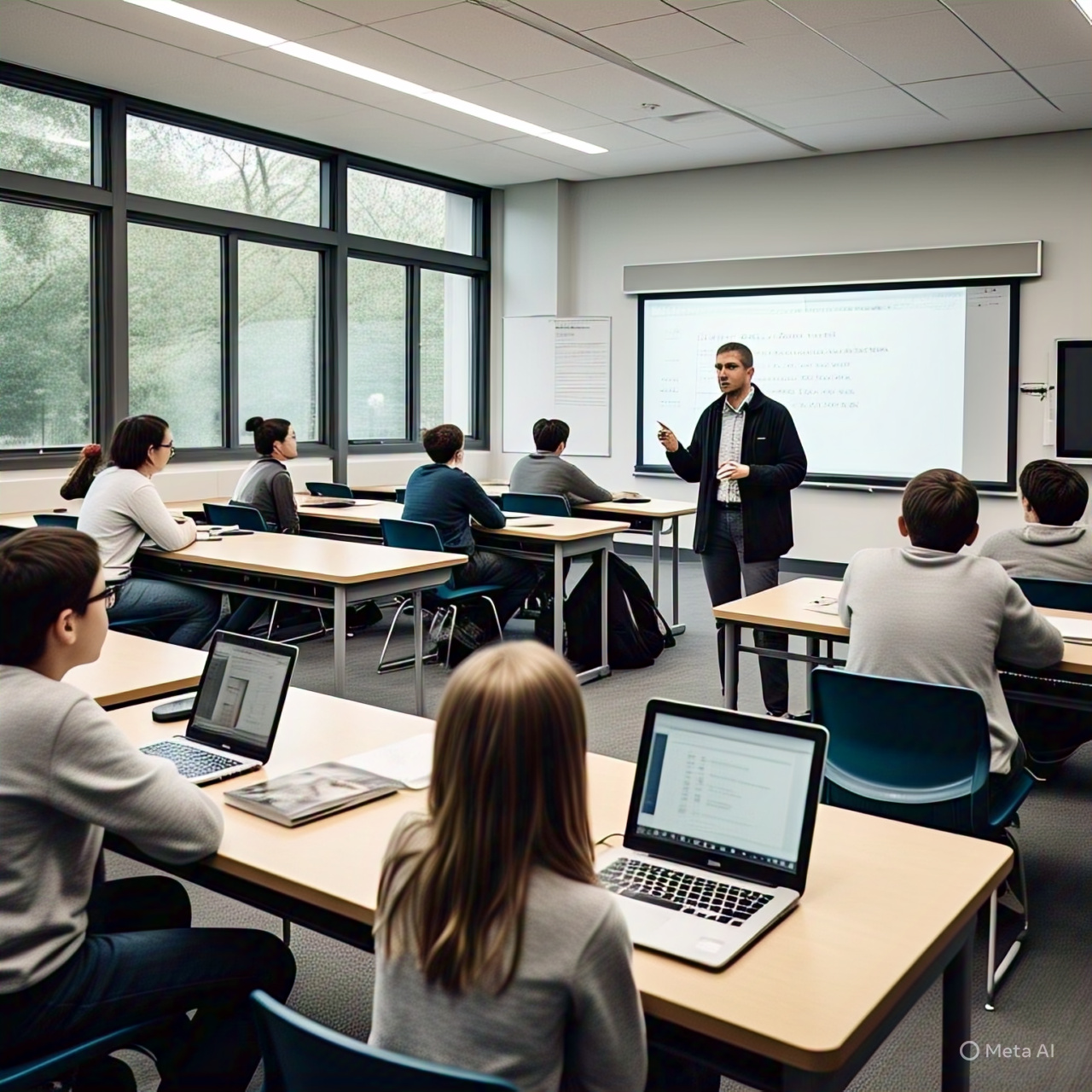
In today’s fast-changing classroom environment, understanding how the brain works is no longer a luxury, it’s a necessity. Teachers are constantly seeking new ways to boost student performance. This is where neuroscience in education steps in. By applying brain-based strategies, educators can significantly improve learning outcomes.In this post, we explore how insights from neuroscience can transform your teaching. You’ll also learn practical strategies you can apply immediately in your classroom.
Why Neuroscience Matters in Education
Neuroscience helps us understand how students think, learn, and retain information. When teachers apply this knowledge, they create brain-friendly learning environments. This leads to better focus, stronger memory, and long-term understanding. Moreover, neuroscience supports personalized learning, helping teachers reach every child according to their cognitive strengths and needs.
8 Powerful Neuroscience-Based Strategies for Teachers
1. Start with Emotional Engagement
Emotions play a key role in memory and attention. Lessons that evoke curiosity, excitement, or even storytelling activate the brain’s limbic system. This improves knowledge retention.
Tip: Begin each lesson with a story, question, or real-life scenario.
2. Chunk Information for Better Recall
The brain can only handle small bits of information at a time. Break your lesson into short, manageable segments. This supports the brain’s working memory and reduces overload.
Tip: Teach in 10-15 minute chunks followed by quick reviews or activities.
3. Use Repetition with Variety
Repetition strengthens neural pathways, but doing it the same way gets boring. Use multiple formats such as games, quizzes, discussions, to review material. This makes learning stick.
Tip: Revisit key concepts using different tools across the week.
4. Incorporate Movement and Brain Breaks
Physical activity improves oxygen flow to the brain, boosting alertness and concentration. Short breaks with stretching or movement keep learners energized.
Tip: Try the “stand and share” method or 2-minute movement breaks.
5. Support Sleep, Nutrition, and Hydration
Healthy brains learn better. Teach students about sleep hygiene and ensure they stay hydrated in class. These habits boost attention and memory.
Tip: Encourage water bottles and include brief wellness check-ins.
6. Foster a Growth Mindset Environment
Neuroscience proves that the brain is malleable, this is called neuroplasticity. Help students understand that intelligence can grow with effort.
Tip: Use phrases like “Not yet” instead of “Wrong answer.”
7. Multisensory Learning Enhances Retention
The more senses involved, the more brain areas are activated. Use visuals, sounds, hands-on activities, and discussions in your lessons.
Tip: Use diagrams, audio stories, and group projects together.
8. Give Time for Reflection and Metacognition
The brain needs time to absorb and process new ideas. Reflection boosts metacognitive skills, helping students understand how they learn.
Tip: End lessons with exit tickets, journals, or “what I learned today” activities.
Brain-Based Teaching for Better Results
Understanding how the brain learns helps you teach smarter. With these neuroscience-backed strategies, you can design lessons that align with how students naturally process information. Not only will this boost academic results, but it will also foster a more inclusive and engaging classroom for every learner.
Ready to bring brain-based learning to your classroom? Subscribe to our blog for weekly insights on neuroscience, education technology, and student development. Share this article with fellow educators.











